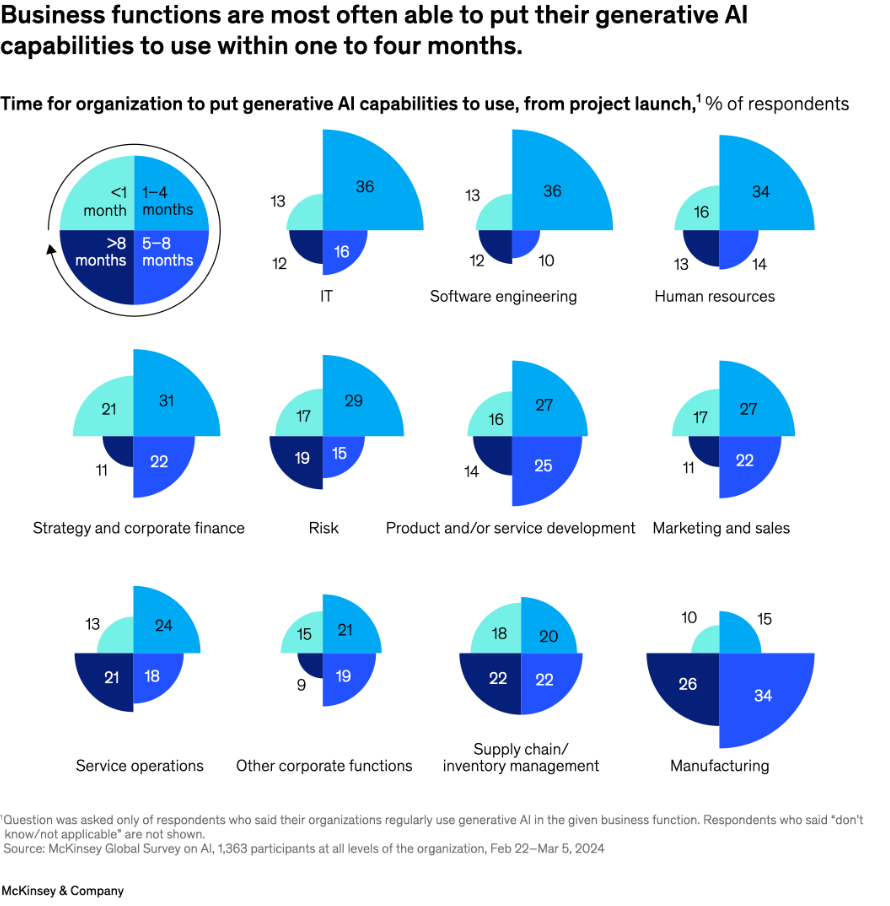What is Generative AI? What is it Used For?

Generative AI is a revolutionary set of algorithms capable of creating new, realistic content—such as text, images, or audio—based on the training data it has been provided. The most powerful generative AI algorithms are built on top of large-scale models known as foundation models. These models are trained on vast quantities of unlabeled data in a self-supervised manner, enabling them to identify underlying patterns and perform a wide range of tasks.
Generative AI programs have the versatility to learn almost any kind of information. For example, different generative AI models can understand and produce content in coding, visual arts, scientific research and human languages. One prominent example of generative AI is OpenAI’s ChatGPT, a model renowned for its ability to understand and generate human-like text.
What Can You Use Generative AI For?
The advent of generative AI has the potential to significantly accelerate AI adoption, even in organizations lacking deep AI or data-science expertise. While significant customization still requires expertise, adopting a generative model for a specific task can be achieved with relatively low quantities of data or examples through APIs or prompt engineering. The capabilities of generative AI can be categorized into four main areas:
- Generating Content and Ideas: Generative AI can create new, unique outputs across a range of modalities..
- Summarization: Generative AI excels at comprehending large volumes of documents and producing concise summaries. This capability enables it to understand long articles, legal documents, or meeting notes and generate summaries while also answering questions related to the text using retrieval augmented generation.
- Improving Efficiency: Generative AI can accelerate manual or repetitive tasks, such as writing emails, coding, or summarizing large documents. This can free up human resources for more strategic tasks.
- Personalizing Experiences: Generative AI can create content and information tailored to specific audiences. Examples include chatbots that provide personalized customer experiences or targeted advertisements based on specific customer behavior patterns.
Generative AI models are typically trained on large datasets sourced from the internet, including copyrighted materials. This raises important considerations for responsible AI practices, which have become an organizational imperative.
Additionally, AI marketing software powered by generative AI can help rewrite content and maintain a consistent tone of voice across different platforms and messages.
According to McKinsey, many business functions are able to implement generative AI capabilities within one to four months, highlighting the accessibility and rapid deployment potential of this technology.*

Generative AI is paving the way for innovation across various sectors, offering unprecedented opportunities for content creation, efficiency improvements, and personalized customer experiences. As this technology continues to evolve, its impact on businesses and society is expected to grow exponentially.
